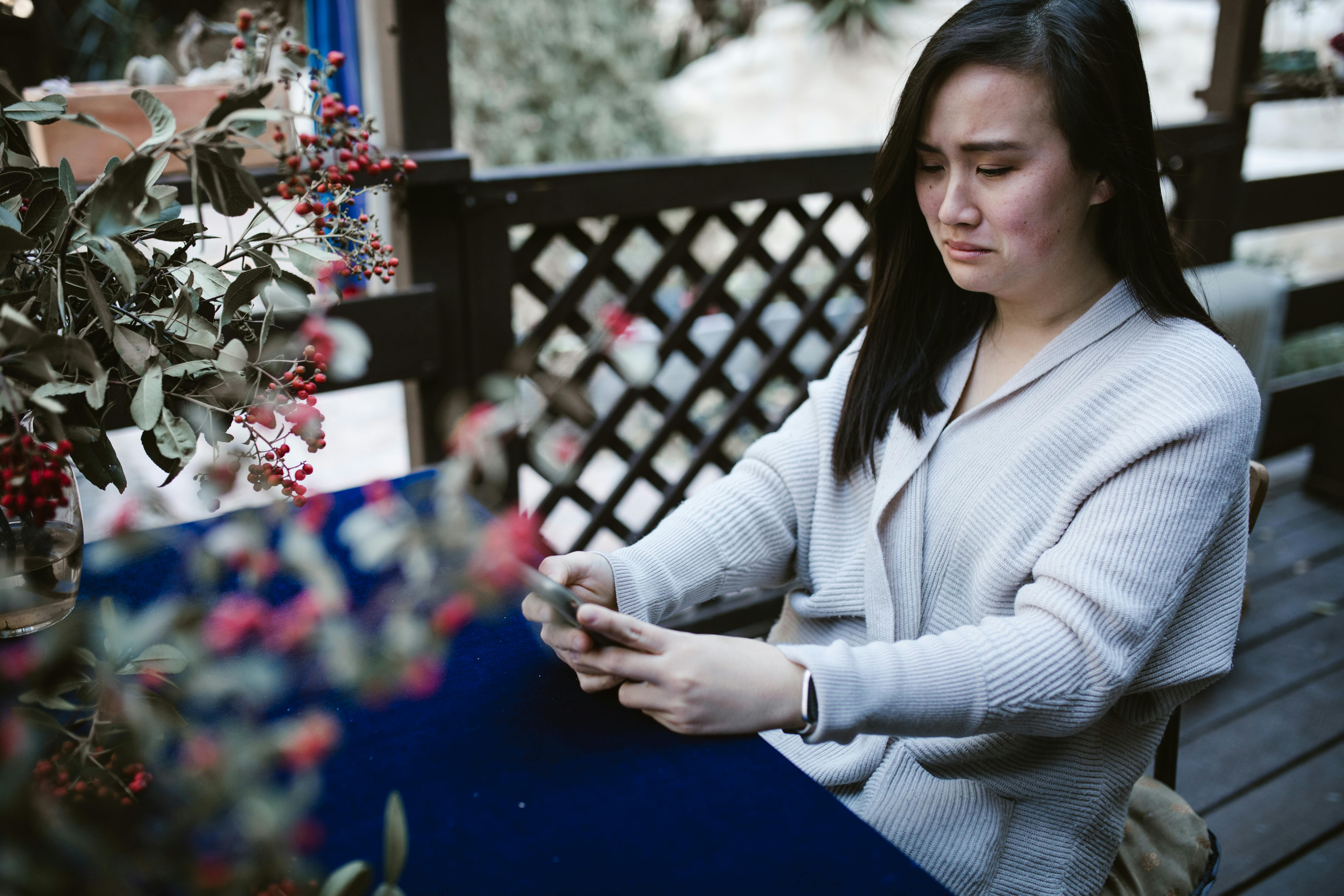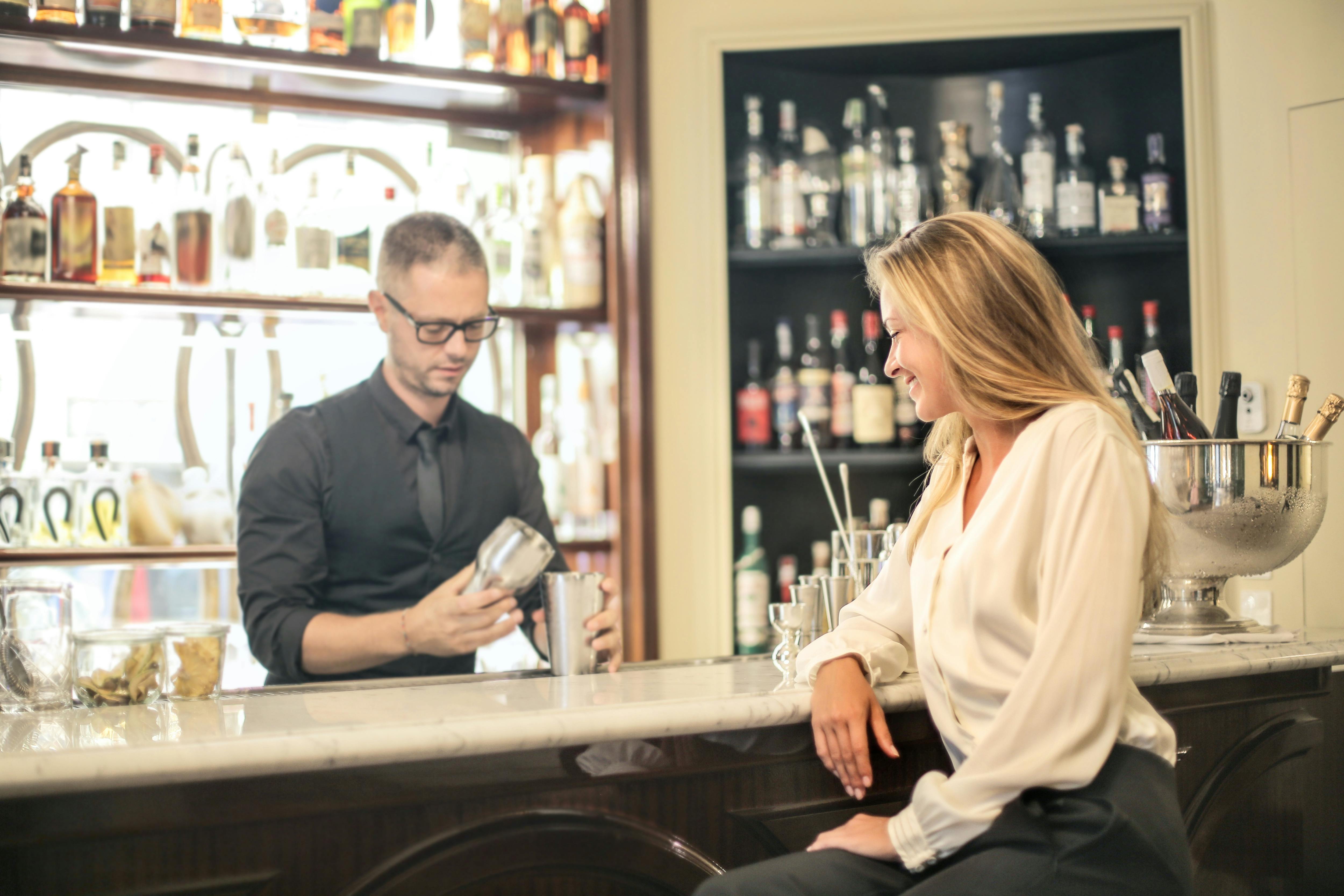During my first year at university studying interior design, I did a great deal of freehand and technical drawing work as required by the curriculum and also by the course instructors, who were themselves established designers.
It was a really great course and at the time, which was the 1980s, we were doing all our drawing work on large A0 drawing boards, which is not so common these days (due to the meteoric rise of the computer) and I passed years of drawing many interesting things, such as plans, side views of buildings, technical drawings of furniture, exhibition stands, movie sets, all kinds of things, all of which we had to design first. They were also always on large sheets of tracing paper.
We then began to learn perspective drawing, and these too were drawn on tracing paper, executed with the exactness and rigidity of technique like all the subjects we had produced before.
Now, I had always felt that the way our professors wanted us to produce perspective drawings (precise and rigid) was very restrictive and wordy, especially as it made the theme more difficult to see unfolding on the sheet of paper, due to the laborious style we had to draw them.
‘There has to be a faster way to do this,’ I thought, and there was! As proof, I took a look at the large ‘design paper’ pad I had, which was part of the list of equipment we needed for drawing. I used a sheet of this to draw my perspective drawing and suddenly I saw a huge difference.
Instead of working on a tracing paper drawing, I would use white layout paper with a pencil or special fiber-tipped pen to draw quick, vivid-looking sketches that were easier to see, simply because they were on a white background. (Duh!!)
But that was not all. You see, because design paper is semi-translucent in nature, it can be used almost like tracing paper, by superimposing a new design sheet on top of a previously drawn sheet below. And because you could see the drawing underneath quite well, it was easy to produce quick, fluid, animated drawings at will, without the forced-engineered ‘just use a sheet of paper’ approach we had to get used to.
So what is my advice? Well, when you start with your first prospects, choose design paper. Buy an A3 pad from Daler or another well-known brand and the next step is what you do: take out a sheet, fold it in half, and then carefully tear the sheet along the folded line.
You will now have two sheets, both A4 in size. Take a sheet and tape it to your desk or drawing board (landscape) with masking tape (any DIY store should sell this).
Choose your theme; simple start. Draw a chair, a camera, something that looks square and start with that. Try not to get bogged down with your line work. Instead, draw quickly and develop a flowing style.
when your drawing starts to look full of construction lines, place the other blank sheet of paper on top, tape it down, and then produce your final piece by tracing the ‘right’ lines you’ll see through the top layer of layout paper . Once finished, add your color work in your desired medium, either crayon chalk pastel or marker.
With a little practice, you’ll really enjoy this method of drawing perspective, as it allows you to correct mistakes by overlaying a new sheet of paper and drawing clean, vivid lines, rather than erasing extra lines you don’t want when everything is drawn on one paper sheet. And your hands don’t get dirty either!
Once you’ve got the hang of it, move on to a new A3 size “bleed proof” marker. This is a little thicker than design paper and a little more expensive, but it allows you to use markers if you want. Of course, you can just scan your drawings into Photoshop, Gimp, or some other graphics program and apply your colors that way, if you know how.
I hope you find this article useful and if you want to learn a little more check out my website where you will find great tutorials, a gallery and an eBook that I am sure you will enjoy.
Thank you for reading!
Sat.


